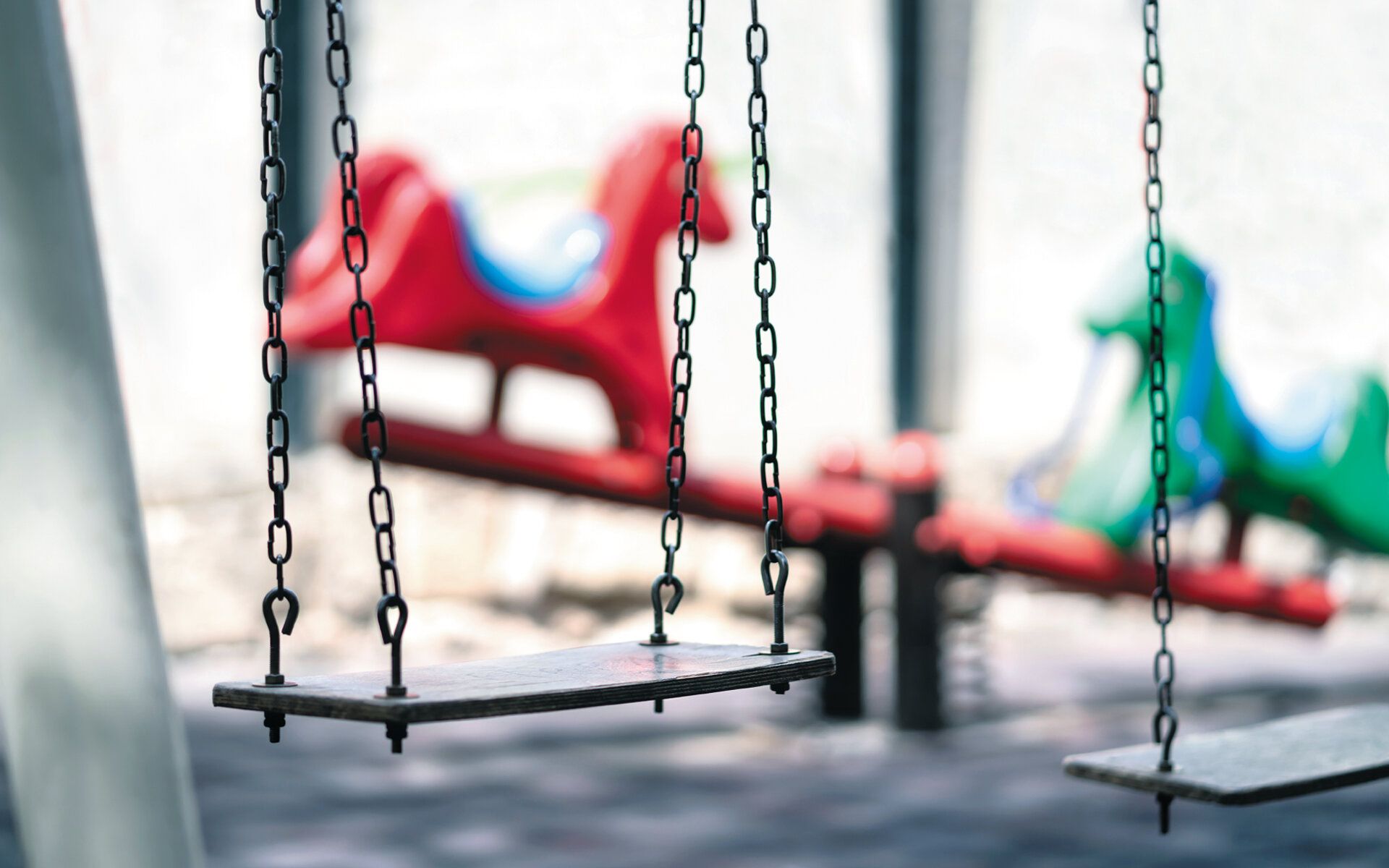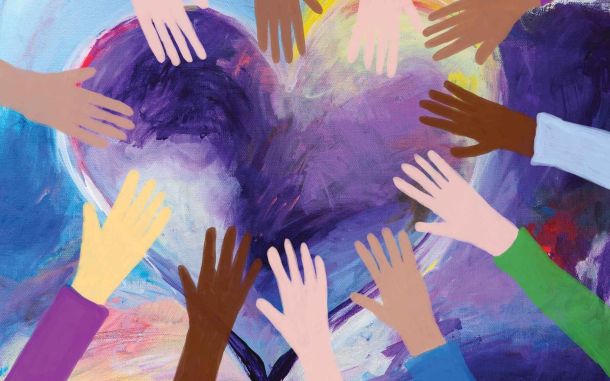Adverse Childhood Experiences (ACEs)

In This Article
-
Adverse childhood experiences (ACEs) can have a tremendous impact on future violence victimization and perpetration, as well as impacts on lifelong health and opportunity.
-
Stress is not always unhealthy. Stress can encourage healthy growth. However, exposure to childhood traumas included in the ACE study can result in stress that becomes chronic, and changes can occur in the developing brain and body.
During one of my on-call shifts as a chaplain, I encountered an 18-year-old female patient who was brought into the hospital due to a suicide attempt. She was in distress. I introduced myself as chaplain, and I told her that I could provide emotional support without making any judgments. I operated primarily through empathetic reflections and unconditional positive reinforcement. She expressed her fears, stressors, and why she wanted to die. She told me that when she was five years old, she was sexually abused by her biological father. She was traumatized and had been experiencing fear since she heard that he was released from jail. She said that this distress and fear led to her suicide attempt. I was able to provide emotional support through active listening, validation, and normalization of her feelings.
In reflection, this case drew my attention to the importance of awareness about adverse childhood experiences. It is very important for a peaceful society to have individuals who are spiritually and physically healthy. In 2019, research was published in the US by the Centers for Disease Control and Prevention (CDC), the national public health agency of the United States, regarding trauma exposure during childhood. According to the CDC, adverse childhood experiences (ACEs) can have a tremendous impact on future violence victimization and perpetration, as well as impacts on lifelong health and opportunity. ACEs are one of the major public health problems that result in long-term mental and physical health problems. 1 in 6 adults have experienced four or more types of ACEs. Females and certain racial/ethnic minority groups, such as African Americans and Hispanics, are at greater risk of experiencing 4 or more ACEs. At least 5 of the top 10 leading causes of death are associated with ACEs.
As we have seen in scientific studies on brain development, most human brains take about 23-25 years to develop, though these rates can vary between men and women and among individuals. However, the formative ages between 0 to 16 matter a lot for brain development. The amygdala, which is part of the medial temporal lobe, plays an outstanding role in mediating many aspects of emotional learning and behavior. It is responsible for the response and memory of emotions, especially fear. The effects of trauma, early life stress, or ACEs on the developing brain alter the amygdala and the structure of certain brain regions. If a human being is exposed to fearful activities or threats, the amygdala automatically responds to threatening or dangerous stimuli. It is a kind of defense and coping mechanism. These threats create toxic stress and affect the amygdala and other brain functions.
Stress is not always unhealthy. Stress can encourage healthy growth. However, exposure to childhood traumas included in the ACE study can result in stress that becomes chronic, and changes can occur in the developing brain and body [1]. Adverse childhood experiences such as neglect, abuse, household dysfunction, terror, and war create fear and toxic stress which are not good for the amygdala and other brain functions.
A large proportion of adults (61%) reported trauma exposure during their childhood ages [2]. According to the CDC, 61% of adults had at least one ACE and 16% had 4 or more ACEs. Many people do not realize that exposure to ACEs is associated with an increased risk of health problems across one’s lifespan, including diabetes, cardiovascular disease, obstructive pulmonary disease, obesity, cancer, asthma, and depression.
Various studies have shown there are measured relationships between specific ACEs and diabetes. After combining data from four UK studies, it was found that, compared with adults with no ACEs, those with 2-3 ACEs had a 1.3 times greater risk of type 2 diabetes—and those with 4+ ACEs had a 2.1 times greater risk [3].
One major group of people that go through a specific trauma is immigrants, especially refugee children. Currently, there is an ongoing war between Ukraine and Russia, and there are still refugees fleeing Middle Eastern countries damaged by war and dictatorial regimes. Fearing arrest, torture, or even death, many people have fled the safety of their homes. In these conflicts, many people—including children—lost their loved ones or were physically injured. They were forced to migrate and flee their homes and their schools. These traumatic incidents are very vivid, and many victims struggle to cope with these tragic events. Integrating into new places, such as refugee camps or shelters, is not easy. Some children lost their family members while they were fleeing.
Zeynep, the daughter of one of my close friends, was just a baby when she spent 16 months in prison with her mother. When her mother was finally released under judicial control, her father got arrested. She could spend only 27 days with both parents. I still remember how, outside of a courthouse, she approached a dog and asked, “Hey, dog, where is my mom?” Unable to make her voice heard by people, she tried to be heard by a dog.
Such traumas irrevocably shape the way a child’s mind will form—and potentially lead to life-long health problems.
Many victims of war and human rights violations (HRVs) experience feelings of insecurity, fear, and grief, as well as intense resentment and anger. Their senses of identity, meaning, values, worldview, coping styles, and social functioning are often affected. When forced migration adds to the multiple pre-flight losses and traumatic experiences of many refugees, the challenges of acculturation, ongoing worries, and hardships in the post-migration phase may increase the severity of symptoms and suffering. The cumulative burden of pre-flight, flight, and post-flight experiences is reflected in the complex symptom patterns and comorbidities found among refugee patients in health care settings [4].
In light of these studies, intellectual people, journalists, civic and religious leaders, politicians, and NGOs must take immediate action to prevent adverse childhood experiences (ACEs) and trauma exposure such as war, terror, poverty, hunger, abuse, household dysfunction, and human rights violations.
Clearly, the prevention of ACEs is a challenge, but clinicians, teachers, caseworkers, community leaders, and spiritual counselors also have an important role to play. There are actions clinicians can take in their practices that may help prevent ACEs and reduce the harms associated with exposure to ACEs. It is essential that professionals and volunteers become educated about and recognize ACEs and learn strategies for the prevention of ACEs—and caring for patients who have experienced ACEs. Community centers, social support groups, and government agencies also have an important role in providing spiritual, emotional, financial, and educational support to victims who have experienced ACEs. Mentoring programs, after-school programs, and high-quality childcare could be helpful for victimized children. Connecting youth to caring adults helps to ensure safe, stable, nurturing relationships as well as mitigating the immediate and long-term physical, mental, and behavioral consequences of ACEs.
References
- Gail Hornor DNP, CPNP “Childhood Trauma Exposure and Toxic Stress: What the PNP Needs to Know.”
- Rachel L. Loewy,a Sarah Corey,b Felix Amirfathi,a Sawsan Dabit,c Daniel Fulford,d Rahel Pearson,e Jessica P. Y. Hua,f Danielle Schlosser,a,g Barbara K. Stuart,h Daniel H. Mathalon,a,i and Sophia Vinogradovj “Childhood Trauma and Clinical High Risk for Psychosis.”
- Hughes, Karen; Ford, Kat; Bellis, Mark “Adverse Childhood Experiences (ACEs) and Diabetes | A brief review.”
- Opaas, Marianne Cand Psychol, CP*; Varvin, Sverre Dr.Philos, MD “Relationships of Childhood Adverse Experiences With Mental Health and Quality of Life at Treatment Start for Adult Refugees Traumatized by Pre-Flight Experiences of War and Human Rights Violations.”









